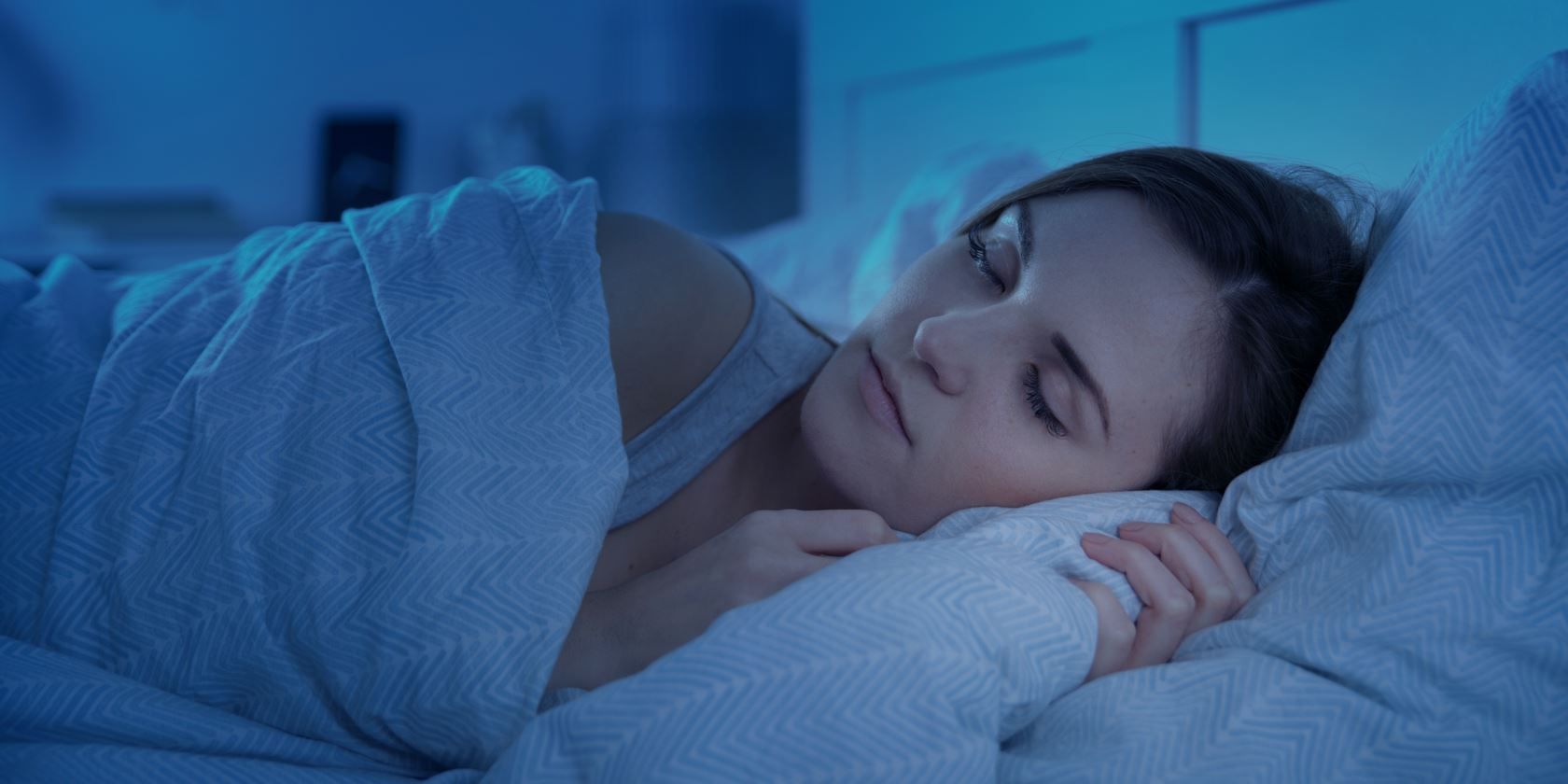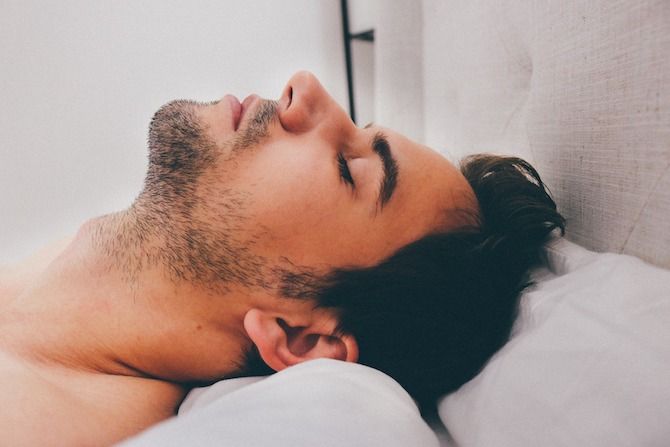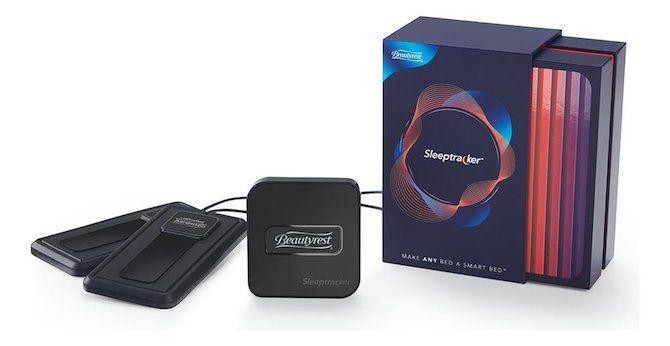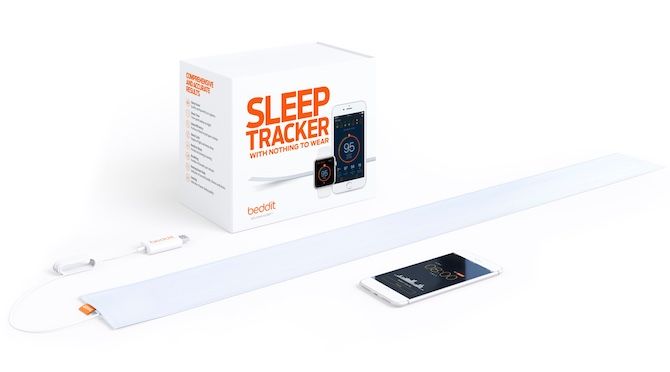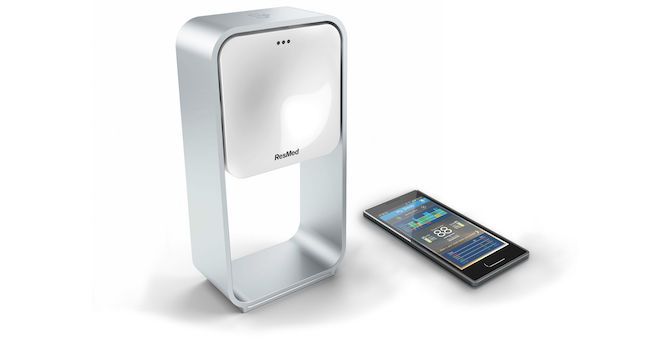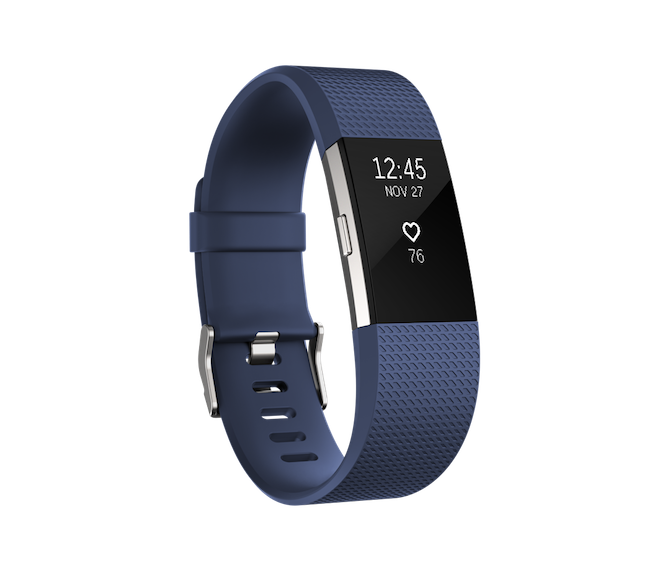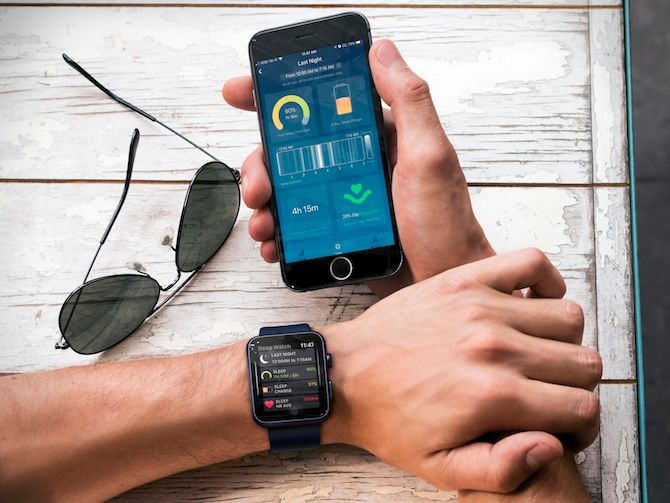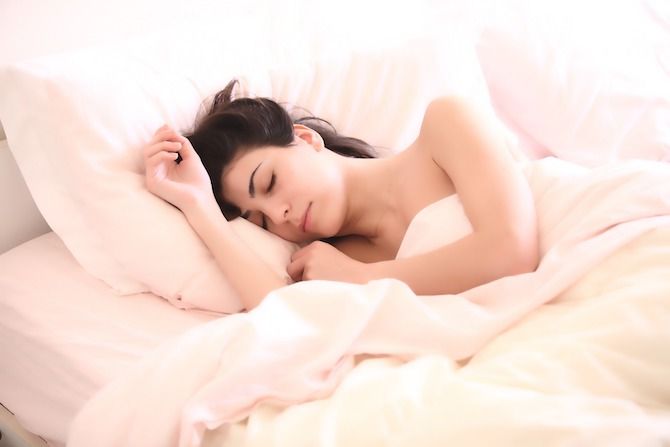Getting a good night's sleep is an essential part of having a good day. Unfortunately, too many of us experience restless sleep on a regular basis.
Not that long ago there were limited choices for monitoring sleep. You could keep a diary, try to get to bed earlier, ask your partner about your sleeping routine, or visit a costly sleep clinic. Times have changed thanks to technological improvements and a better understanding of what happens during sleep.
New monitoring solutions take many forms. Some track your sleep patterns with devices that attach to your bed, while others use wearable fitness trackers or watches. Regardless of how they monitor your sleep, they all have one thing in common: all use mobile apps, either for iOS, Android, or both.
In this article, you'll learn how some of the most popular sleep monitoring tools track your sleep and movements and why this can benefit your health.
What Happens During Sleep?
Before getting started, it's important to take a brief look at sleep itself.
Sleep isn't just a state of inactivity. And good sleep isn't achieved just by rolling into bed and hoping for the best. Instead, to get quality sleep, your sleep cycle must be able to shift between various stages during the night.
The first stage of sleep, Non-Random Eye Movement (NREM), usually occurs during the first 90 minutes when essential bodily maintenance occurs. Random Eye Movement (REM) sleep follows, which is a period when your brain is most active.
During REM sleep, you're most likely to dream. It's during this time when your brain moves select memories from short-term to long-term storage. REM sleep lasts for about 15 minutes per cycle until you once again enter a period of NREM sleep. This pattern, NREM followed by REM sleep, continues throughout the night.
The deepest period of sleep is the first round of NREM. Because of this, it's important to optimize that part either by increasing the efficiency of your sleep or maximizing the quality of your sleep.
As Sleep Habits explains, by optimizing your sleep cycle you can both:
"Increase the efficiency of your sleep -- Fall asleep faster at night so you spend more time in bed sleeping and less time being awake."
"Maximize the quality of your sleep -- Spend more time in the deeper stages of sleep so you wake up feeling refreshed and alert."
Bring a Friend to Bed
Now that you have a better idea of the sleep process, it's time to learn more about sleep monitoring. First up are app solutions that work with accessories that you place somewhere on your mattress.
Beautyrest
The Beautyrest Sleeptracker Monitor features a physical sensor that you put under your mattress, directly below your pillow. Each Sleeptracker Monitor comes with two sensors, one for you and another for your partner. It works with any mattress type.
As you sleep, Sleeptracker analyzes and monitors your respiration and heart rates. It also picks up individual sleep behaviors such as body movement and wakefulness. For a more accurate reading on your sleep health, the product continuously learns your patterns and rhythms too.
Once it gathers this information, Sleeptracker makes suggestions so that you and your partner can get better sleep moving forward.
The $199 Beautyrest Sleeptracker Monitor is available through Amazon.com and other retailers. It's compatible with iOS and Android.
Beddit
The Beddit Sleep Monitor offers many of the same features found on the Beautyrest product. However, instead of being placed under your mattress, the Beddit goes directly below your sheets. To successfully track your sleep, Beddit requires that you rest on top of its sensor. In doing so, it will monitor your sleep, heart rate, and breathing.
You don't have to sleep on the top of the middle of the device for Beddit to work. Rather, only some part of your upper body needs to touch the sensor. It operates in any sleep position: side, stomach, or back. When you roll off the sensor, the system thinks you're awake or away from your bed.
Beddit gathers all of your information and provides data and assessments through an iOS only app.
The $150 Beddit only measures one person, so you'll need to purchase another one for your partner. Visit the Beddit website for ordering information.
S+ From ResMed
Perhaps you like the idea of a non-contact sleep sensor, but would rather not have something on or under your mattress. The S+ by ResMed might be the solution for you.
Priced at $130, the S+ combines a bedside sleep monitor, phone app, and web-based app to help you track and better understand your sleeping patterns. After that, it creates personalized feedback and suggestions to help you improve your sleep.
Like other sleep tracking solutions on the market, S+ monitors your breathing and body movement. It takes this a step further by also monitoring your bedroom sounds, light levels, and temperature. In doing so, it promises to give you a more detailed assessment of your sleep patterns.
The S+ by ResMed works with iOS and Android-based devices.
Wear It
Sleep monitors such as Beddit are noted for being somewhat expensive, especially when you consider their capabilities are limited to sleep tracking. By contrast, wearable devices perform multiple tasks, including fitness tracking, caloric monitoring, and more.
Products like the $150 Fitbit Alta HR and $150 Fitbit Charge 2 use sensitive motion detectors to monitor your heart rate and nighttime movements to determine your different sleep stages. In doing so, it makes it easier for you to understand your sleep quality and learn whether you spent enough time in each stage of sleep.
Other wearable devices with sleep tracking capabilities such as the $79 Misfit Ray and $130 Nokia Steel gather similar metrics to help you get a better night's sleep.
Each of these products offers apps for both iOS and Android.
What About Apple Watch and Android Wear?
At least in its current version, the Apple Watch and watchOS doesn't ship with native sleep tracking capabilities. Perhaps this a good thing since it has allowed third-party developers to introduce solutions.
Sleep apps for the Apple Watch like the $2.99 Auto Sleep, $4.99 Sleep Watch, and $1.99 Sleep Tracker use Apple Watch's heart rate monitor and sensors to access your daily sleep patterns. The information collected is then used to offer sleep assessments. They have the added advantage of being compatible with Apple HealthKit.
Android Wear 2.0 also offers many third-party sleep tracking solutions. Apps such as the freemium Sleep as Android and SleepRate, plus free Sleepbot track sleep patterns (again) monitor heartbeats and movements to offer daily sleep assessments. Advanced features vary by the app with most requiring an in-app purchase.
Wrapping It Up
There are a lot of sleep tracking solutions available on the market. For the most part, these take one of two forms. Some, like the Beautyrest Sleeptracker Monitor, are standalone devices that you place on your mattress or bedside table. These products focus on movement and bedroom surroundings to access your sleep patterns. Wearable products, such as the Apple Watch, by contrast, use heart rate monitoring and movement to provide guidance.
What's the best choice for you? In my humble opinion, this depends on whether you already own a wearable device. If you do, your pocketbook with thank you for finding a solution that uses this device. Otherwise, considering a non-contact solution might be best.
What type of sleep monitoring solution have you used or experienced? Let us know in the comments below.
Image Credit: Leszek Glasner via Shutterstock.com

